Centro de Defensa Civil de Gwangnaru (광나루안전체험관)
8.6Km 2025-03-29
Neungdong-ro 238, Gwangjin-gu, Seúl
+82-2-2049-4061
El Centro de Defensa Civil tiene como objetivo instruir y educar a los ciudadanos para la protección civil ante los desastres naturales o provocados por seres humanos, orientado mayoritariamente a los niños y adolescentes. Mediante varias actividades completas, los participantes pueden vivir una experiencia muy realista con la ayuda de bomberos y otro personal de seguridad ciudadana, para aplicarla en su vida diaria.
* Todos los visitantes reciben una lección obligatoria sobre las normas de seguridad y advertencias antes de iniciar la visita.
La qoutte - Konkuk Univ. Branch (라구뜨 건대)
8.6Km 2025-07-17
92, Neungdong-ro, Gwangjin-gu, Seoul
You can enjoy dishes prepared by professional chefs on the spot. This Korean dishes restaurant is located in Gwangjin-gu, Seoul. The representative menu is buffet.
Biblioteca Nacional de Corea (국립중앙도서관)
8.6Km 2025-08-13
Banpo-daero 201, Seocho-gu, Seúl.
La Biblioteca Nacional, siendo la mayor del país, posee una abundante cantidad de libros, que oscilan entre los 3.900.000 textos. Se encarga de coleccionar y conservar el patrimonio cultural e intelectual de la nación, de manera sistemática y generalizada. El 28 de mayo de 1988 fue trasladada desde su ubicación original en Namsan hacia el barrio de Banpo-dong, del distrito Seocho-gu, en donde se encuentra hoy. Está compuesta por el edificio principal y el anexo, además, como está rodeada por el Parque Seocho, presenta un paisaje natural hermoso y tranquilo, ideal para aquellos que acuden para una lectura o simplemente para descansar. En particular, desde el 1° de julio del 2000, la Biblioteca establece programas interactivos y culturales.
Perbacco (페르바코)
8.7Km 2024-09-11
30 Neungdong-ro 16-gil, Gwangjin-gu, Seoul
Barrio Seorae (서래마을)
8.8Km 2022-12-16
Banpo-dong, Seocho-gu, Seúl
+82-2-2155-6220
El barrio de Seorae es una zona residencial de lujo con tiendas, restaurantes gourmet y boutiques de marcas internacionales con la la institución educativa francesa Ecole Francaise de Seoul. Muchos de los franceses residentes en Corea vivien en esta zona.
Parque Haneul (하늘공원)
8.8Km 2024-12-23
Haneulgongwon-ro 95, Mapo-gu, Seúl
Festival del Eoksae de Seúl (서울억새축제)
8.8Km 2025-10-23
Haneulgongwon-ro 95, Mapo-gu, Seúl
02-300-5567
El Parque de la Copa Mundial se situó en Nanjido, un maravilloso ecosistema donde las flores florecían en cada estación y donde las aves migratorias volvían cada año. Lamentablemente, Nanjido se usó como vertedero entre 1978 y 1993, convirtiendo ese bello ecosistema en un lugar lleno de basura. Tras el proyecto de recuperación de 1996, el lugar volvió a sus inicios y se creó el Parque de la Copa Mundial. Este parque está formado, a su vez, por 5 parques: Pyeonghwa, Haneul, Noeul, Nanjicheon y Nanji Hangang. La zona del Parque Haneul (Parque del Cielo) está llena de eoksae (juncos asiáticos) y se convierte en el lugar de celebración de este festival en octubre de cada año. Aunque el parque está abierto al público durante el día, normalmente cierra por la noche para reducir los efectos negativos de los visitantes en las plantas y animales. Sin embargo, durante el festival permanece abierto hasta las 22:00 horas.
Stay Passport Express Spa Dangsan (스테이 패스포트 익스프레스 스파 당산점)
8.8Km 2025-04-11
92-1, Yangpyeong-ro, Yeongdeungpo-gu, Seoul
Piscina de Ttukseom del Parque del Río Hangang (한강시민공원 뚝섬수영장)
8.9Km 2023-10-06
Gangbyeonbuk-ro 139, Gwangjin-gu, Seúl.
La Piscina de Ttukseom es una piscina ubicada dentro del Parque Ttukseom del Río Hangang, que ofrece un descanso refrescante y diversión durante el verano.
Circuito de Ciclismo del Parque Nanji del Río Hangang (난지한강공원 MTB코스장)
8.9Km 2024-06-21
Hangangnanji-ro 162, Mapo-gu, Seúl
Situado dentro del Parque Nanji del Río Hangang, este circuito de ciclismo es ideal tanto para deportistas profesionales como para niños y jóvenes que no estén muy familiarizados con las actividades de montaña. De 4 m de ancho y de 450 m de largo, la ruta representa exactamente las irregularidades de una montaña.
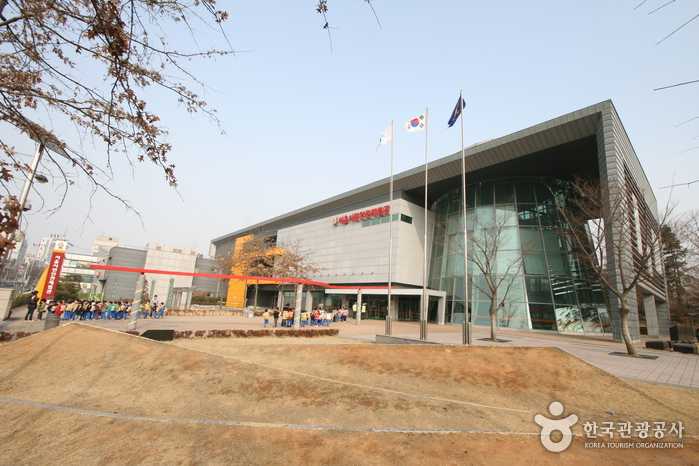
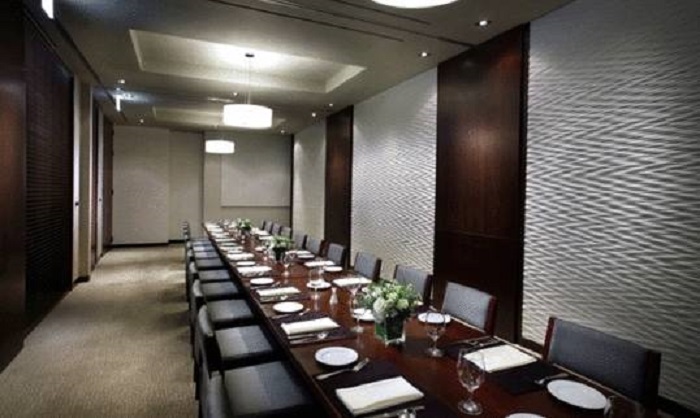
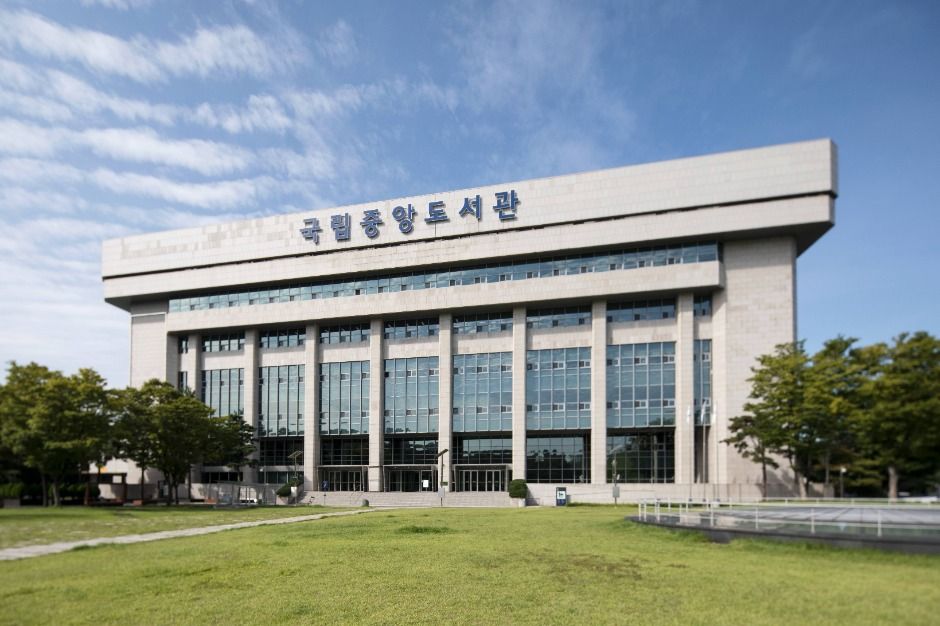
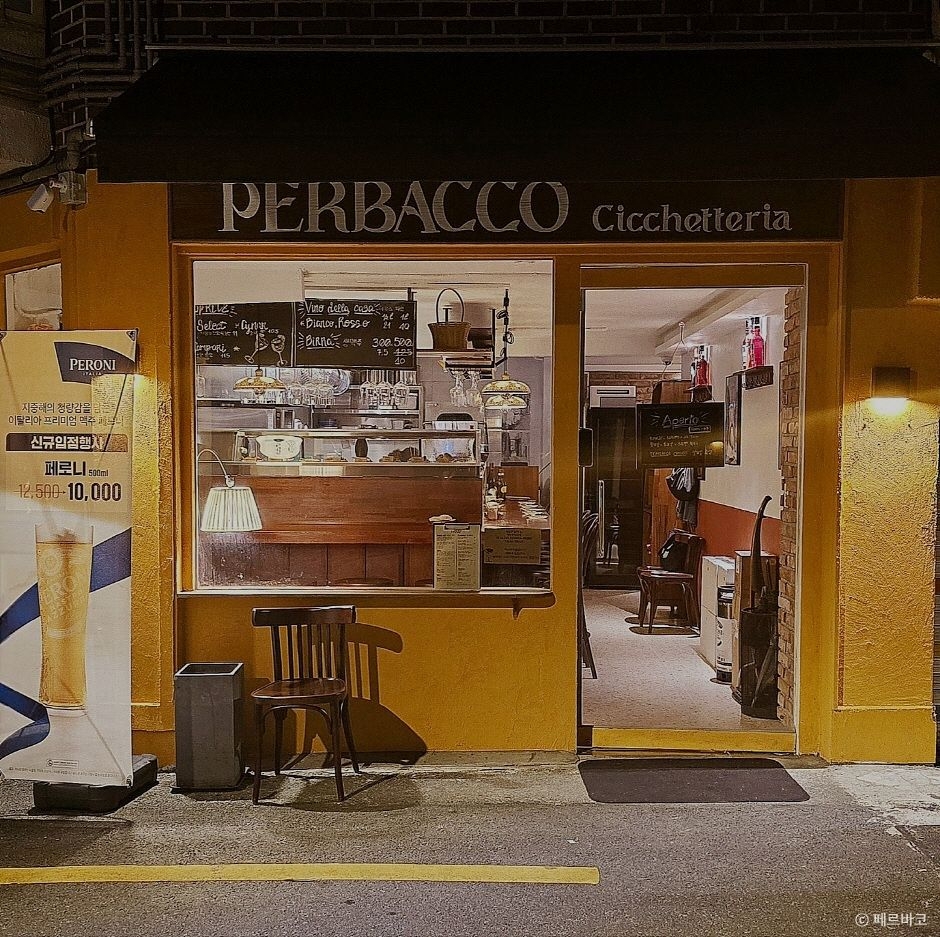

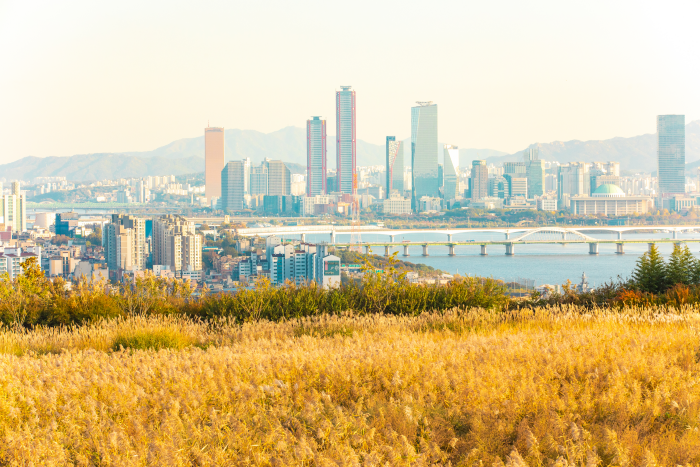
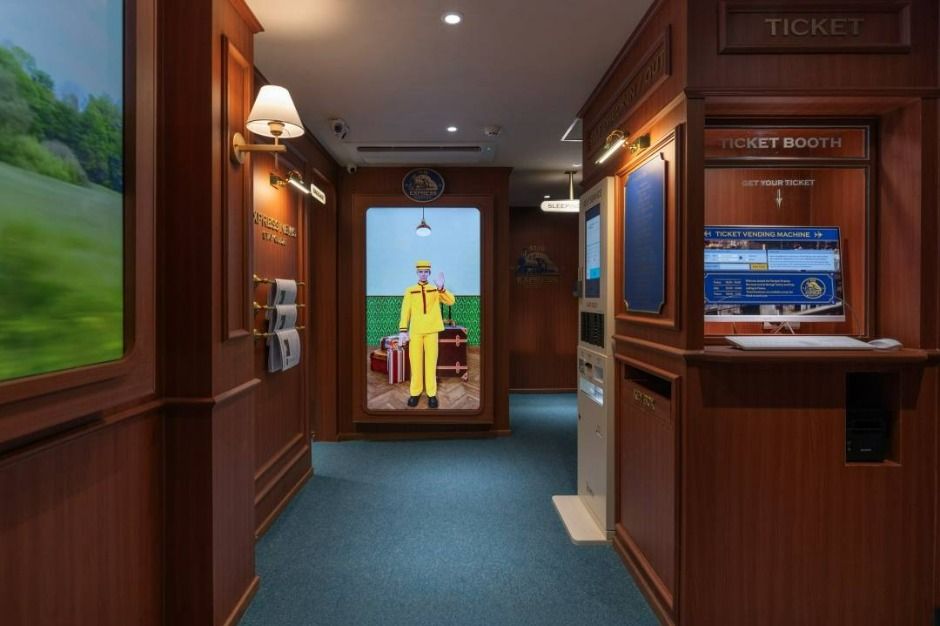
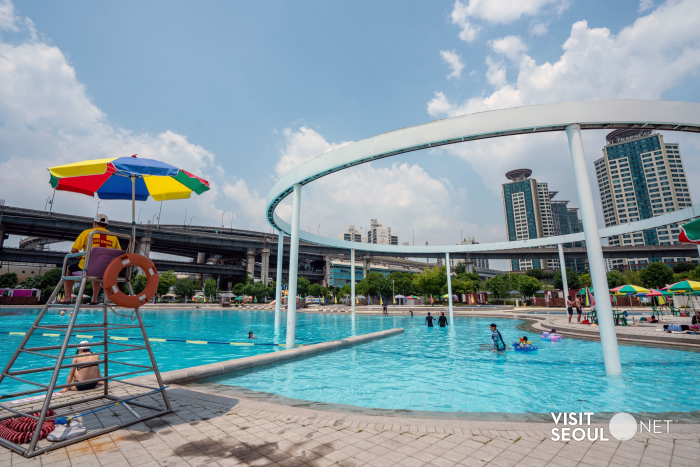
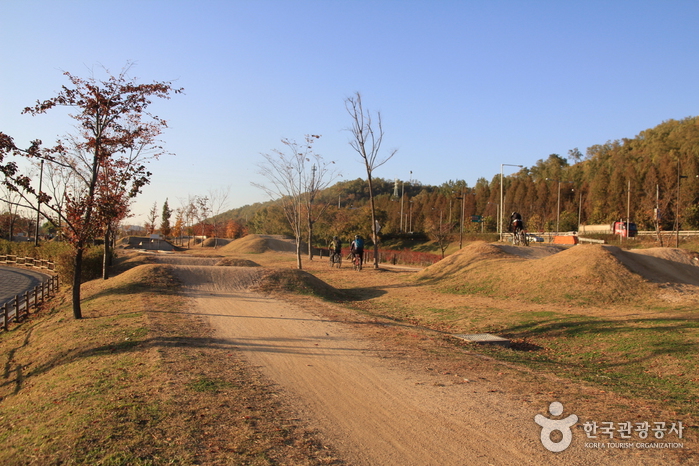
 Español
Español
 한국어
한국어 English
English 日本語
日本語 中文(简体)
中文(简体) Deutsch
Deutsch Français
Français Русский
Русский